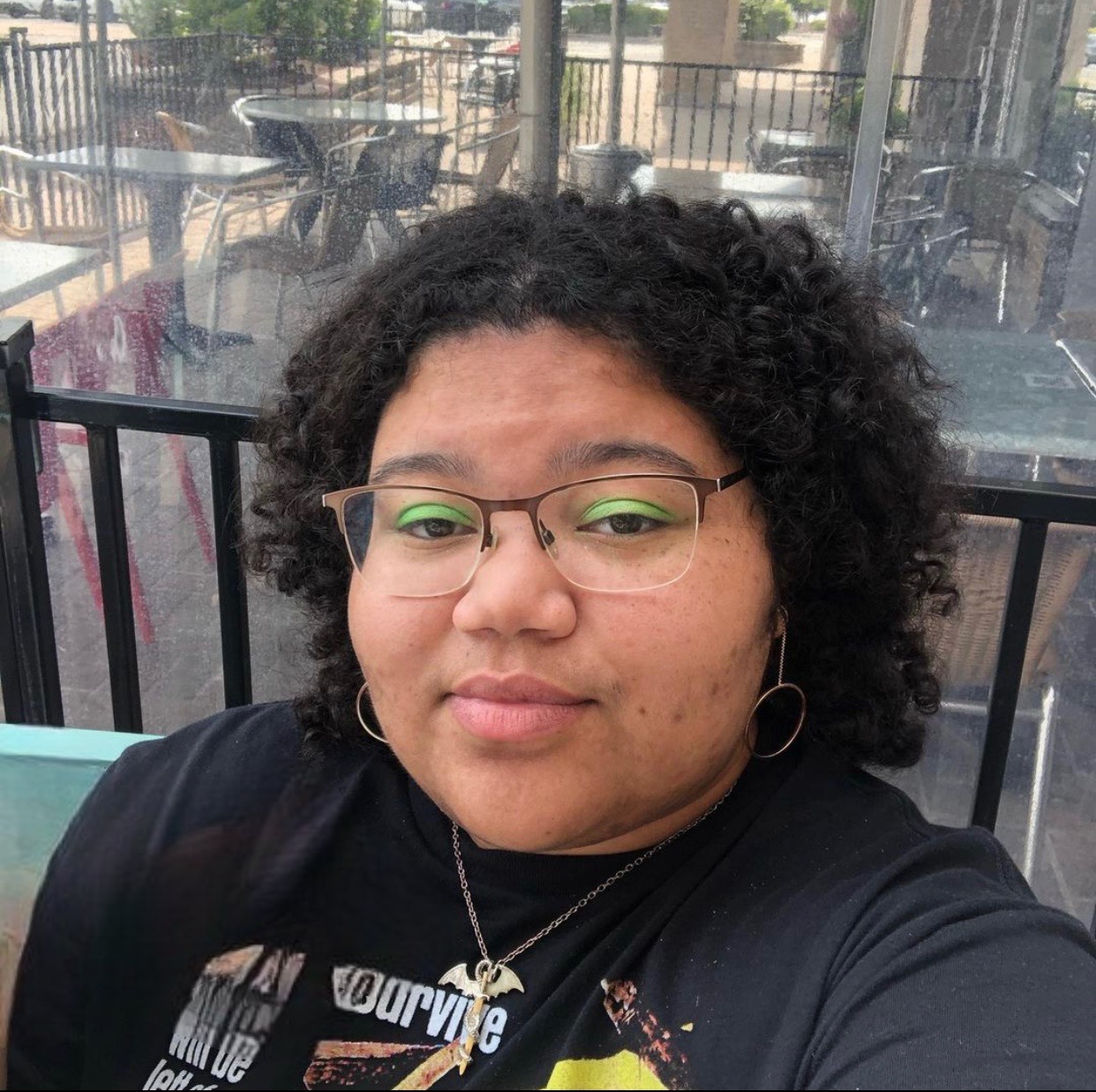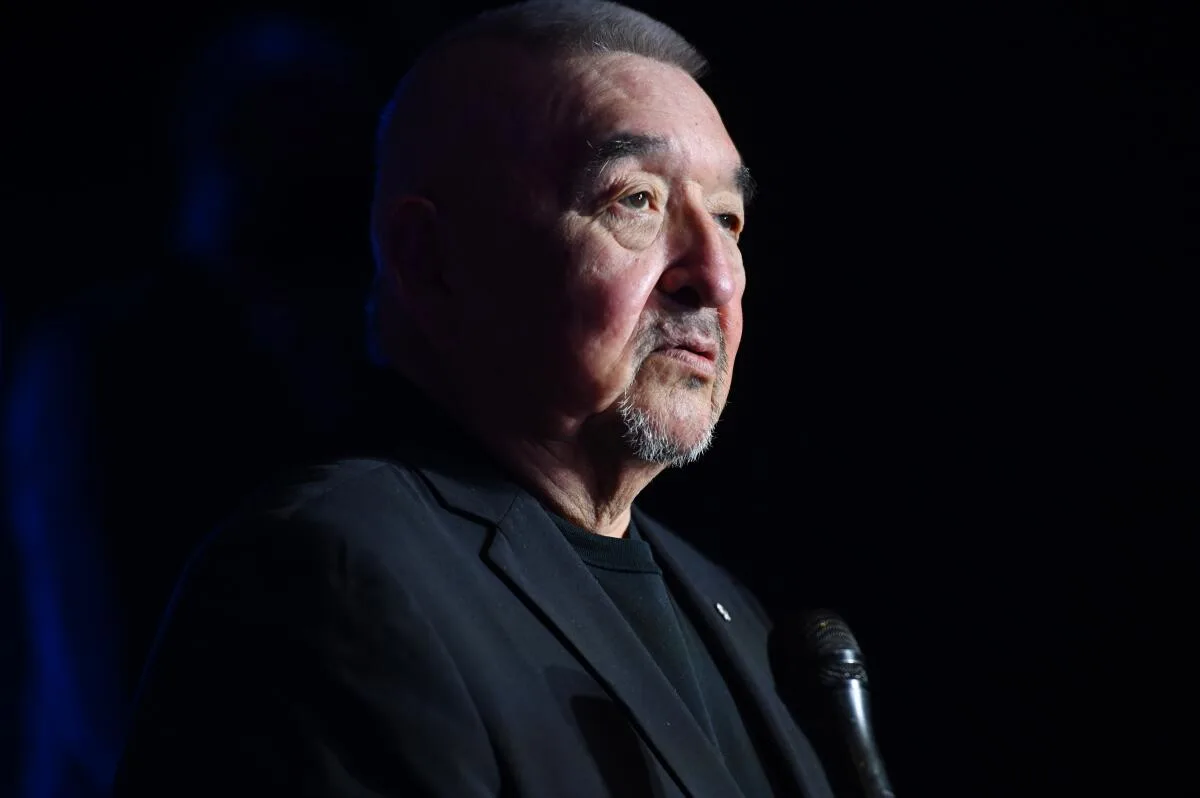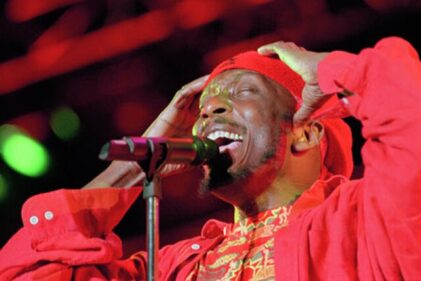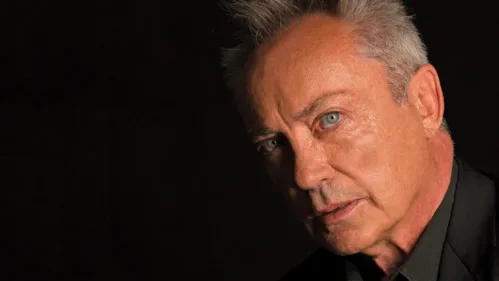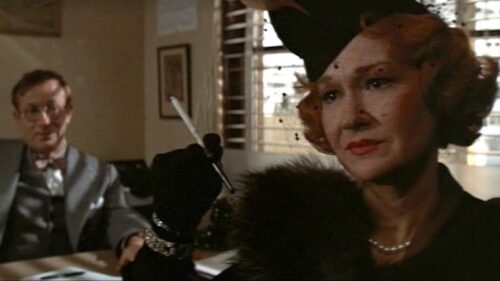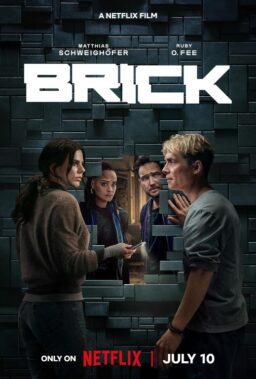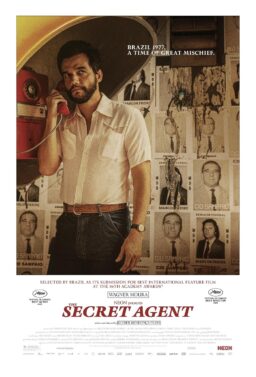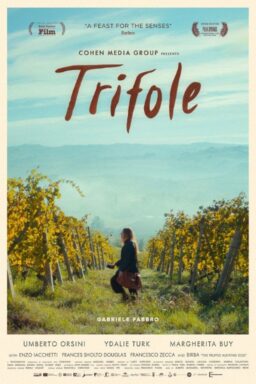One of my earliest memories of watching something on-screen was seeing reruns of the Canadian children’s television series “The Adventures of Dudley the Dragon” on television throughout the day. In it, Graham Greene plays Mr. Crabby Tree, a wisecracking tree who, while frequently in a bad mood, eventually comes around to the incessant questions of the leading child characters by the end of each episode. Often acting as a mentor to Dudley and the children, Greene’s presence in this series was marked by a soft, almost lilting voice commonly found in rural Canadian elders, reminding me of my own grandfather, who had a specific twang to certain words and whistled when he spoke.
Graham Greene was born on June 22, 1952, in Ohsweken, Ontario, Canada, on the Six Nations Reserve. Before moving into acting, Greene worked as a draftsman, steelworker, and welder. His story is not unlike many people I know, nor unlike myself. The trades are common here for people born on rural soil, bodies forced to endure agony until they just about snap. This typical career route is natural for many of us who may see it as the only prospect in a province rife with poverty. Later, Greene worked as an audio technician for Canadian rock bands before transitioning to acting in plays at Native Earth Performing Arts.
My introduction to Greene as a performer encapsulated how I felt each time I saw him on screen. It was a comforting presence I welcomed, and one that, as I grew older, I came to encounter in the same way I would when seeing portraits of family members I hadn’t seen in years, or those who had long been lost to time. While Greene became prevalent on Canadian television in the late 1980s, he burst forth as one of cinema’s most arresting actors in the 1990 film “Dances with Wolves.” In the film, Greene plays Sioux medicine man Kicking Bird, a character whose presence (along with Rodney A. Grant, who plays Wind In His Hair) easily outshines leading man Kevin Costner.
No role Greene took was like the previous one. Whether he was playing a hero or a villain, the same fierceness existed within the foundation of each of his performances. What could also be traced throughout each of his performances was a startling amount of empathy. In embodying the characters that he did, Greene showcased a talent for relaying his lines in a way that forced you to look and listen as if you were witnessing a miracle unfold. He elevated each project he was in, making even what could have been a silly chase sequence with a vampire set to Thom Yorke’s song “Hearing Damage” in “The Twilight Saga: New Moon” feel like one of the most tense and well-put-together action scenes of the 2000s.
The empathy and dedication that Greene showcased on screen were also seen off of it. After an episode in 1997 that landed him in a hospital, the actor spoke about his struggles with alcoholism and depression with a frankness most actors would shy away from. Each of these is a struggle embedded in our culture, one that my loved ones and I have long been affected by. The nights here are long and the winters are brutal, so much so that at times it feels as if the only thing that can thaw you is a drink or two. During an interview with fellow Canadian actor R.H. Thomson, Greene denounced the notion that one needs superhuman strength to pull through. “I dove into that well just to see how far I could go,” he told Thomson. “I came out of it. Not totally destroyed, but I think as a better performer. A better person with tolerance.”
Even as the host of “Exhibit A: Secrets of Forensic Science,” a Canadian true-crime documentary series similar to “Forensic Files,” Graham’s presence as a “talking head” of sorts reverberated through the cases at hand, adding levity to these retellings with his distinctive voice alone. Everything he did as an actor and as an advocate for the growth of Canadian cinema and Indigenous peoples’ place within it was done with the utmost care. He used his body and voice to inhabit the characters and roles he was playing, almost disappearing within them to create someone (or something) wholly original and unseen before. Yet that classic Greene presence remained, with long hair cascading past his shoulders, and a grin so infatuating that it was hard to look away from.
This past June, Greene received the Governor General’s Performing Arts Award for Lifetime Artistic Achievement during a ceremony in Ottawa, our nation’s capital. It often feels like the contributions Canadian actors and filmmakers have made to cinema’s growing legacy are not often celebrated as much as our American neighbors, and it’s up to us to command that they be seen, celebrated, and honored before it’s too late. The state of our industry is rife with financial troubles, and films often find themselves in distribution hell, even if they premiere at the Toronto International Film Festival, one of the world’s most renowned film festivals. Despite the realities of how our films are seen beyond the borders of this country, the contributions of Graham and other artists like him are intertwined with the roots from which our trees grow.
It feels inevitable that when an actor passes on, they will be recognized for their roles (no matter how small) in colossal Hollywood films. Already, Greene is being labeled as the “Die Hard With a Vengeance” and “Longmire” actor in various news headlines. While his roles in these films and TV shows are ones I undeniably enjoy, Graham was more than just a supporting actor in pieces of media led by white actors. He led films like “Clearcut,” which saw him portray a militant Indigenous activist who kidnaps a white lawyer, and “Skins,” where he played an alcoholic Vietnam War veteran. It’s these films, and Greene’s startlingly vulnerable performances, he should be remembered for. They have been shown to Canadians in cinema studies courses, one that often plays on our television screens in the middle of the night.
Perhaps that’s what made Graham Greene the titan that he was. Even with the smallest amount of screen time, he was able to captivate the audience in a way I’m not sure that I’ve seen another Canadian actor do. His talent can be seen in even the smallest of our television shows and the films of ours that made it out of this small but expansive country. With his death, I can’t help but wish Greene had been given more space to flourish, not only in Canadian cinema but beyond its boundaries as well. His presence on screen, beyond his Oscar-nominated role in “Dances with Wolves” or his witty but short cameo in “The Last of Us,” deserved to be one that dominated not only the consciousness of Canadian film critics and scholars, but viewers around the world.
It feels impossible to imagine a cinema, more specifically a Canadian cinema, that exists without Graham Greene’s presence. While his career post-Oscar nomination didn’t take off internationally as much as one could have hoped, his mark as an actor continues to be felt throughout North American culture. As one of the most well-known Indigenous actors of his time, Greene was a titan of not only Hollywood films like “The Green Mile,” but also smaller Canadian works of art that remain ingrained in the memories of each of us. I can’t help but wish Greene had been given more time to grace our screens, but in the decades that he did, he transformed what roles Indigenous actors could have and morphed the very foundation of our nation’s cinema.
